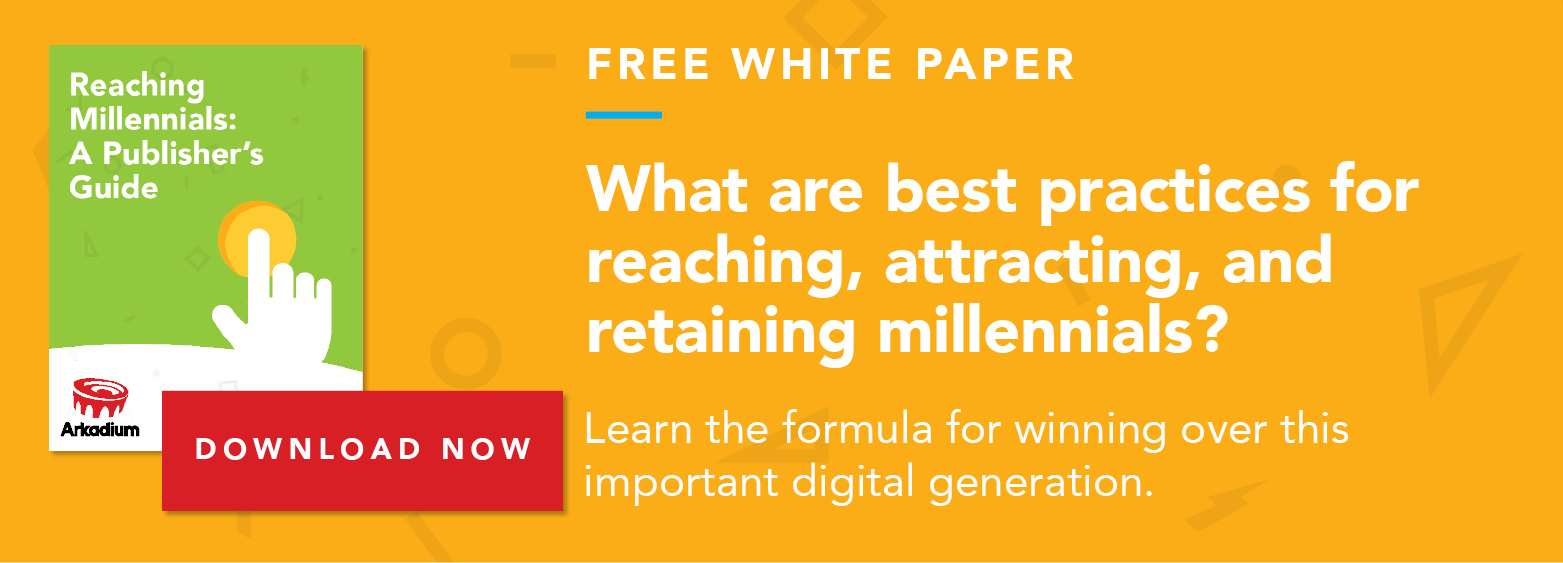Source: MediaShift
By Jess Rovello, CEO, Arkadium
By now, you know about the recent brand safety crises surrounding Facebook and YouTube, where brand ads were displayed alongside controversial or inappropriate content. There’s been no shortage of backlash. In fact, the anger among marketers was so great that YouTube lost five percent of its top advertisers before its most recent NewFronts course-correct instilled enough confidence in marketers to rethink abandoning the platform altogether.
In the wake of this controversy, publishers are presented with a unique opportunity to capitalize on the increasing importance of brand safety and credibility. They’re now in prime position to attract advertisers over many powerful competitors. Publishers can lean on promises of brand safety to calm the nerves of buyers, and win business over the biggest social platforms.
But what does marketing brand safety look like, exactly? What tactics and approaches can be emphasized? Here are the top ways that publishers can present themselves as a more brand-safe option for ad buyers.
Double Down On Editorial
In the fake news era, trust, credibility and high-quality journalism are at a premium. Advertisers are increasingly concerned that their ads might appear alongside false or overly hyperbolic news and reporting. It dilutes branding and pairs them with contentious subject matter. So the value of in-depth, quality reporting that ads can appear alongside is at an all-time high.
This level of journalism can deliver eyeballs, buyers and sellers, and provide advertisers with brand-safe content they can’t find elsewhere. And the combination is an increasingly attractive selling point, especially as social media platforms like Facebook, Google, Twitter and YouTube have been the primary distribution points for fake or low-quality news stories. As audiences grow more discerning over content quality, high-quality publishers can better merchandize the trusted reader relationships they have to advertisers. This is why investing in premium editorial – in whatever form, text or video – will continue to be key for publishers.
Programmatic Direct
“Programmatic Direct” is a way to automate direct ad buys for set campaigns, according to Digiday (see here for a fuller explanation).
Recently, programmatic has caused a bit of trouble for marketers, with Breitbart and YouTube offering cautionary tales. Consequently, advertisers are devoting fewer dollars to programmatic. According to a recent report, programmatic spend has declined 12 percent year-over-year. This aligns with reports about massive advertisers like P&G and Unilever, who have also notably cut spend. Brand safety concerns are the likely cause of the trend.
But programmatic isn’t dying at all – in fact, far from it. Instead, dollars are shifting towards programmatic direct. Marketers are adopting this type of ad-buying – transactions that occur in in a private exchange, with premium, brand-safe inventory – more than any other form of programmatic. According to eMarketer, programmatic direct will represent 56 percent of this year’s programmatic display spending. More premium publishers, in particular, are shifting inventory into programmatic direct, as a result. It allows them to claim greater transparency with buyers over impressions and traffic. And with this added intelligence, publishers can also negotiate better prices for their inventory.
For publishers, programmatic is evolving due to brand safety concerns. Evolving with it is the answer. It’s what brands want to see.
Brand safety concerns aren’t going away anytime soon. By maintaining high editorial standards, focusing on native ads and bringing inventory to programmatic direct, publishers can gain an advantage over the ad duopoly and more effectively serve their advertisers.


